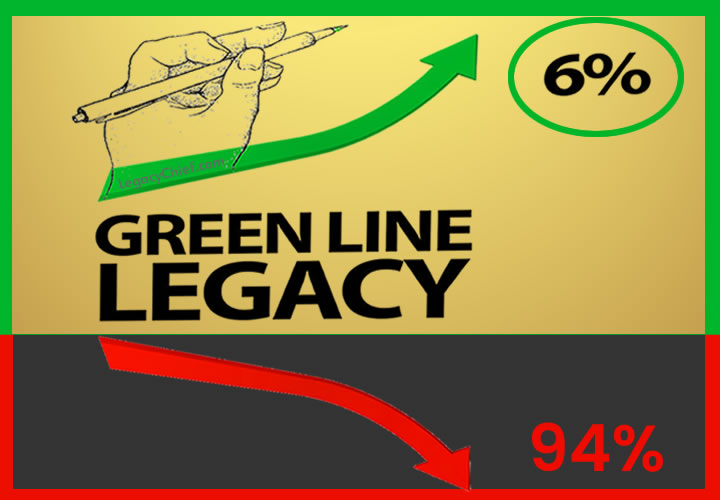A Whole New Generation of Consumers

Life after 9/11 includes a whole new generation, named Generation Z and marketers and advertisers are focusing on them and their online spending.
Who is Generation Z?
There’s big online money in the audience called Generation Z who are defined as teenagers (13 to 19). The children of Gen X, there are fewer of them than the Millennials before them. These teenagers are growing up in a time so revolutionized by technology that there experience of the world is often through a device and very different from the teenage years their parents and grandparents. Approximately 30 million.
What about the Other Generations?
There is a lot of attention lavished on the Millennials but who are these people? Here’s a refresher that can help for both your marketing and social purposes. Note: opinions vary greatly on the numbers (mostly US) and dates when generations begin and end.
Who is Gen Y? The Millennials
Millennials (also known as Generation Y, Generation Me and Echo Boomers) are the demographic cohort following Generation X. Demographers and researchers typically use the dates 1982 to 2004. Authors Strauss and Howe coined the term in 1987, around the time children born in 1982 were entering preschool, and the media were first identifying their prospective link to the new millennium as the high school graduating class of 2000. Millennials number approximately 80 million.
Who is Gen X?
Generation X (commonly abbreviated to Gen X) is the demographic cohort following the baby boomers. George Masnick, of the Harvard Joint Center for Housing Studies puts this generation in the timeframe of 1965 to 1984. Also known as the Latchkey, Baby Buster, or Slacker Generation. Divorce on a personal basis and globally, Berlin Wall and the Cold War mark this generation of over 50 million. Jennifer (jen x 67) identified these key events during the Gen X timeframe: Energy Crisis of the 1970s, Watergate, Iran Contra, Nuclear Disasters including Three-Mile Island, Silkwood, Union Carbide and Chernobyl, Space Shuttle Challenger Disaster, Widespread Layoffs of the 1980s, Dot Com Boom and Bust of the 1990s, and Clinton-Lewinsky Scandal.
Who are Boomers?
Census Bureau representative said "We do not define the different generations, the only generation we do define is Baby Boomers and that year bracket is from 1946 to 1964."
The Baby Boomer generation began when the Greatest Generation got home and started having sex and making babies; it ended when having sex with everyone was made easier with The Pill. FDA approval of oral contraceptives in 1960 and by 1965, 6.5 million women were on “the pill.” In 1973, abortion was legalized in the USA. There are approximately 76 million Baby Boomers.
Who are the Greatest?
Why end with the Greatest Generation? Simply following the adage, “We saved the best for last.” These are the people that fought and died in World War II for our freedom. The generation ended when the war ended but Tom Brokaw’s 1998 book “The Greatest Generation” lives on. This generation was modest and humble, looking at its achievements and wealth with a sense of wonder rather than something due to them. World Wars (before nuclear missiles), the Great Depression, the Korean War, marked the Greatest Generation and they share common values according to the book’s dust jacket: "duty, honor, economy, courage, service, love of family and country, and, above all responsibility for oneself." The Great’s perseverance through difficult times is a testament to their extraordinary character. Approximately 30 million Greats.
What is the Generation Impact?
>> Curratti’s digital curation has Gen Z research and has this to say about the teens:
The kids surveyed reported they spend about six hours per day on their phones, some of which is during school hours, and they reported spending a total of about 11 hours in front of various types of screens per day. Teens reported the most popular smartphones today are the iPhone 5S, the IPhone 6 and the Samsung Galaxy S5 and that these aren’t devices that were purchased new for them, they are “old” devices that could have either been turned in/resold or handed down to a kid. Handing down to a kid means less sharing of parent’s personal device.
The Business Insider study found that teens like online shopping. For clothing in particular, teens today enjoy shopping online. Due to this, the need for having a bricks and mortar store in conjunction with eCommerce offerings continues to decline slightly year over year.
Teens most popular apps are Snapchat, Spotify, and Instagram—and Twitter.
80 percent of teen respondents said they may not love Facebook, but Facebook Messenger is rocking. Messenger is either a primary or secondary source of communication with friends. (iMessage or SMS messaging came in at 100 percent.)
Although Hulu and Amazon got some responses, Netflix was far and away teen’s choice for television.
Popular apps or sites used teens and not often by by adults, many identified the following:
Musical.ly — An app that lets you make music videos of other people or yourself.
Wishbone— Vote on their favorite of two items, tallying the votes to determine the winner.
After School — Social network geared toward high school students that allows anonymous posts.
Color Therapy — Digital coloring book app designed for adults but used often by teens.
Color Switch — Game in which you are required to follow color patterns on obstacles to advance.
>> George Masnick, of the Harvard Joint Center for Housing Studies says this in his housing perspectives blog post:
The expected longevity of baby boomers and their impact on Social Security and Medicare tax burdens must be acknowledged; consider the following:
a) Many look at the projected rise in the Old Age Dependency Ratio (persons age 65+ per 100 persons age 20-64) from about 20 in 2010 to about 35 in 2030 as the critical metric raising alarm. However, remember that a Ratio of 20 is presently producing a surplus in the balance between Social Security taxes to benefits, so the more accurate metric is the ratio of elderly to 100 working age population that is necessary to produce an exact balance in the ratio of Social Security tax inflows to benefit outflows. That “Old Age Social Security Dependency Ratio” is historically and currently higher and not rising as rapidly.
b) More age 65+ are working, and their labor force participation rates are projected to increase. And, since the youngest baby boomers are only age 47, the youngest and largest half of the baby boom generation will continue to pay into Social Security for the next 20-30 years.
c) Wealth flows are in the opposite direction – from the 65+ to the 20-64 age group, and assets likely to flow to your generation over the next 20-30 years will be much larger than assets that flowed to older baby boomers from their parents. Make sure you invest it wisely for your own benefit in old age, and to perhaps pass on what you don’t need to your own children.
d) Congress has uncharacteristically already looked long into the future on this matter and has made many adjustments to Social Security in anticipation of baby boomer retirement. Other adjustments can be made without significantly raising payroll taxes on your generation to meet future shortfalls that are decades out, including conversion of estate tax revenues to dedicated Social Security payments, and raising the maximum taxable Social Security wage base.
e) Maybe, as more baby boomers retire they will release jobs that ultimately trickle down to 20-64 year olds who are not working. Movement to a 4-day workweek would accomplish the same thing before retirement.
Sources Wikipedia, Internet posts and Atlantic Article Please check your facts and do your own due diligence.





